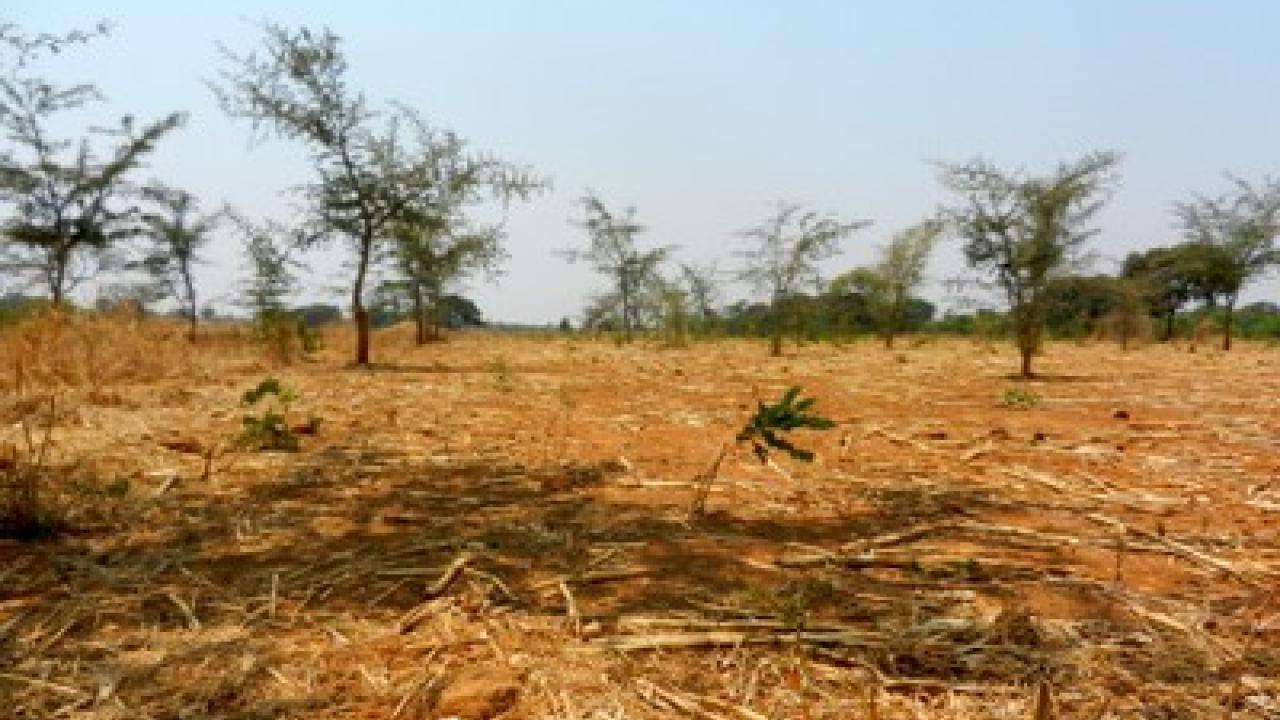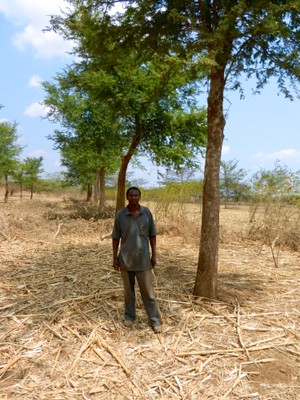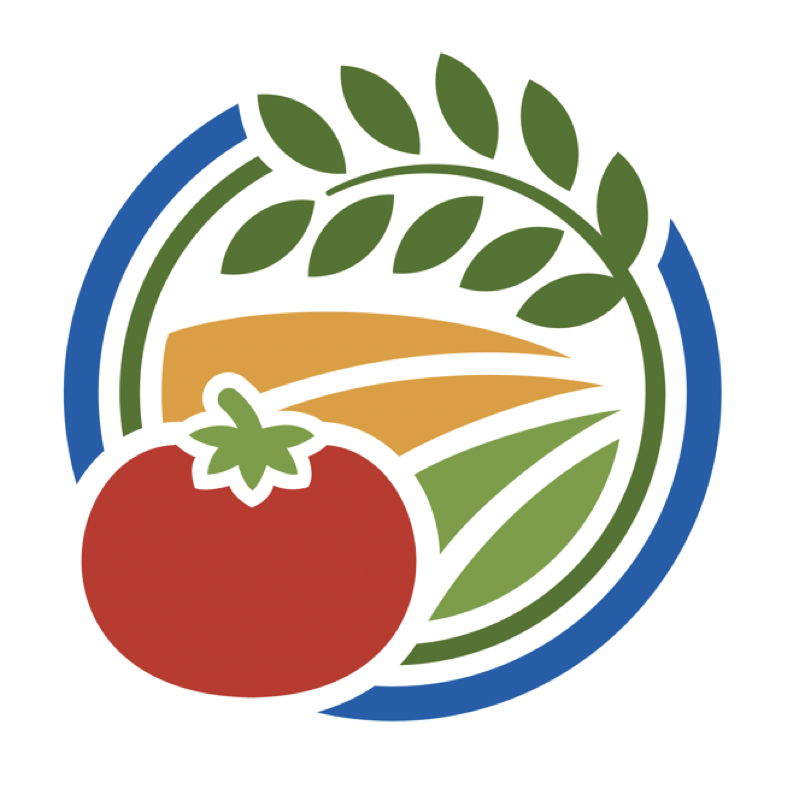
Trees in Crop Fields – boosting a farm’s natural economy
The mid-afternoon sun beats down on the dry earth as Elleman Mumba takes us to the cool shade of his musangu trees – tall 8-year-old trees that he has planted in wide rows in the middle of the crop fields where he grows maize and other annual crops for food and sale. Mr. Mumba is one of a growing number of farmers across Zambia and other southern African countries who are bucking conventional wisdom that planting trees in crop fields creates competition with the standing crop for sunlight, water, and nutrients.
While this may be true in some cases, these trees, Faidherbia albida - known locally as “musangu” - are rather unusual in how they fit into the cropping system. Not only are these native trees leguminous, and thus capture nitrogen gas from the air and make it usable for themselves and surrounding plants, they also lose their leaves and go dormant during the summer rainy season, when most small-scale farmers plant their maize crop. They leaf out during the dry season, just when livestock are most in need of precious fodder and when the fallow fields would otherwise be baking in the sun. Research and farmers’ experience have documented maize yields doubling or tripling underneath the Faidherbia canopy, demonstrating the substantial boost to soil fertility attributable to these trees. This is significant in a country where many farmers cannot afford enough fertilizer and where maize yields average under 1 ton/acre.
 I recently took a study tour to Zambia to learn more about these agroforestry systems and to see what insights they might hold for California farms. In my position as Coordinator of the Agriculture, Resources, and the Environment portfolio of research and outreach activities at the University of California Sustainable Agriculture Research and Education Program (UC SAREP), I’m always thinking about ways to increase what farmers gain from our natural ecosystems and what these ecosystems can gain from farming.
I recently took a study tour to Zambia to learn more about these agroforestry systems and to see what insights they might hold for California farms. In my position as Coordinator of the Agriculture, Resources, and the Environment portfolio of research and outreach activities at the University of California Sustainable Agriculture Research and Education Program (UC SAREP), I’m always thinking about ways to increase what farmers gain from our natural ecosystems and what these ecosystems can gain from farming.
What can we learn from the Zambian agroforestry system here in California, where farmers can usually afford the fertilizer needed to produce much higher yields, whether they are growing feed corn, vegetables, or perennial fruit crops? These Zambian farmers are successfully designing cropping systems that are more adept than their previous monocrops at harnessing natural processes that directly benefit crop production. They are putting in place a more complex natural economy where biological organisms – trees, bacteria, and crop plants – do the work of exchanging goods and services – in this case nitrogen and organic matter – to the ultimate benefit of the farmer. This system replaces a simpler one that is more reliant on the work of the farmer and the money economy, as well as on fossil fuels and the pollution inherent in their use, to sustain desired production.
All farmers already make use of ecosystem services to some degree or another, whether by relying on soil to hold and release nutrients or on bees to pollinate crops. But the more a cropping system can be designed to capitalize on natural processes and build up its natural economy, the greater the likelihood that we will avoid irreparable damage from pollution as well as risks from disturbances in the money economy.
Such designs are usually not one-size-fits-all – even in Zambia, farmers with sandier soils have more difficulty establishing Faidherbia trees. However, regionally-specific and scale-appropriate systems that accomplish more of the work of farming through natural processes are well worth exploring in all parts of the globe. Identifying such systems and quantifying their benefits is what my colleagues here at UC SAREP have been doing for the past two decades, whether by characterizing the benefits of cover crops or working with growers to design Biologically Integrated Farming Systems. This kind of work also continues at the Russell Ranch Sustainable Agriculture Facility, which serves as the venue for studies that identify and quantify the factors that contribute to healthy agroecosystem functioning, for the sake of better nutrient retention and cycling, weed management, and other agronomic outcomes. Ultimately, all these programs converge on the common goal of building farming systems that rest on the foundations of natural economies that have the capacity to sustain and regenerate critical farm functions into the foreseeable future, just like the majestic 30-year old musangu tree I had the privilege to behold on a Zambian farm.
